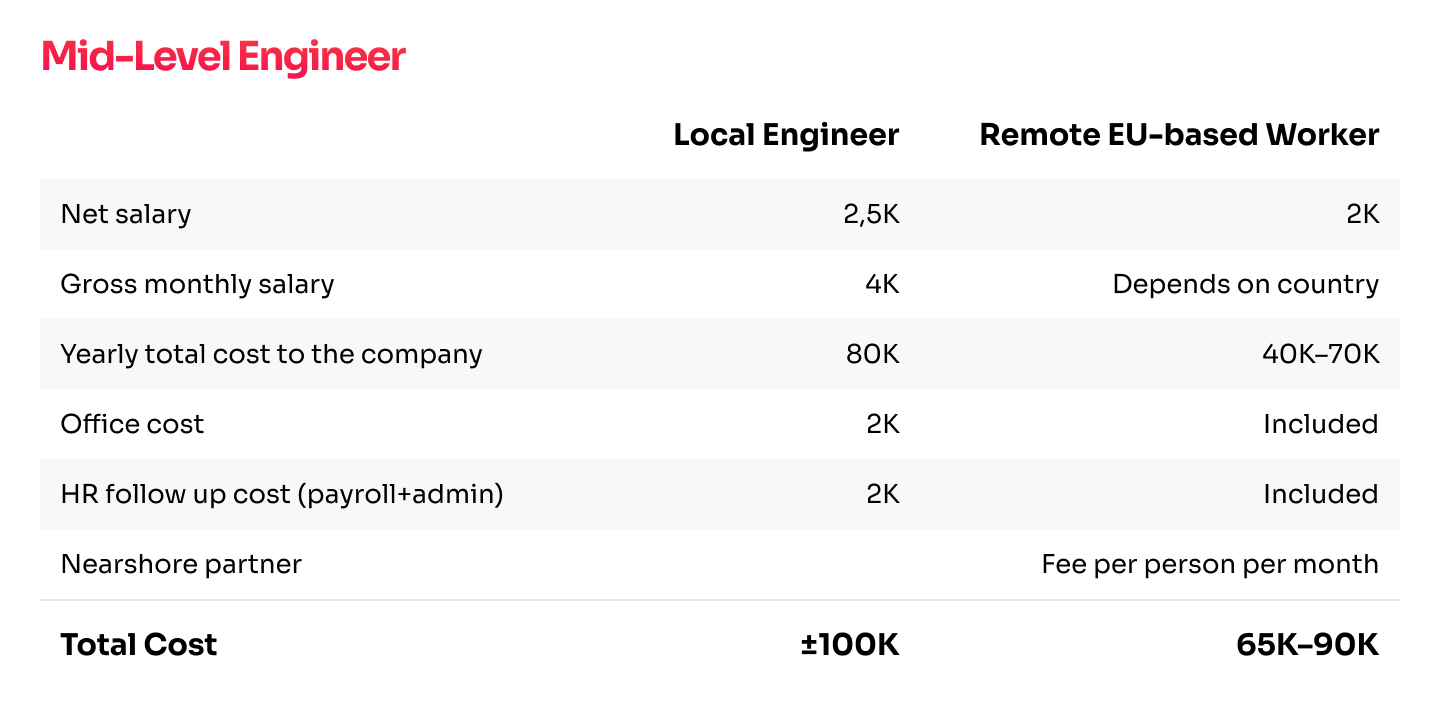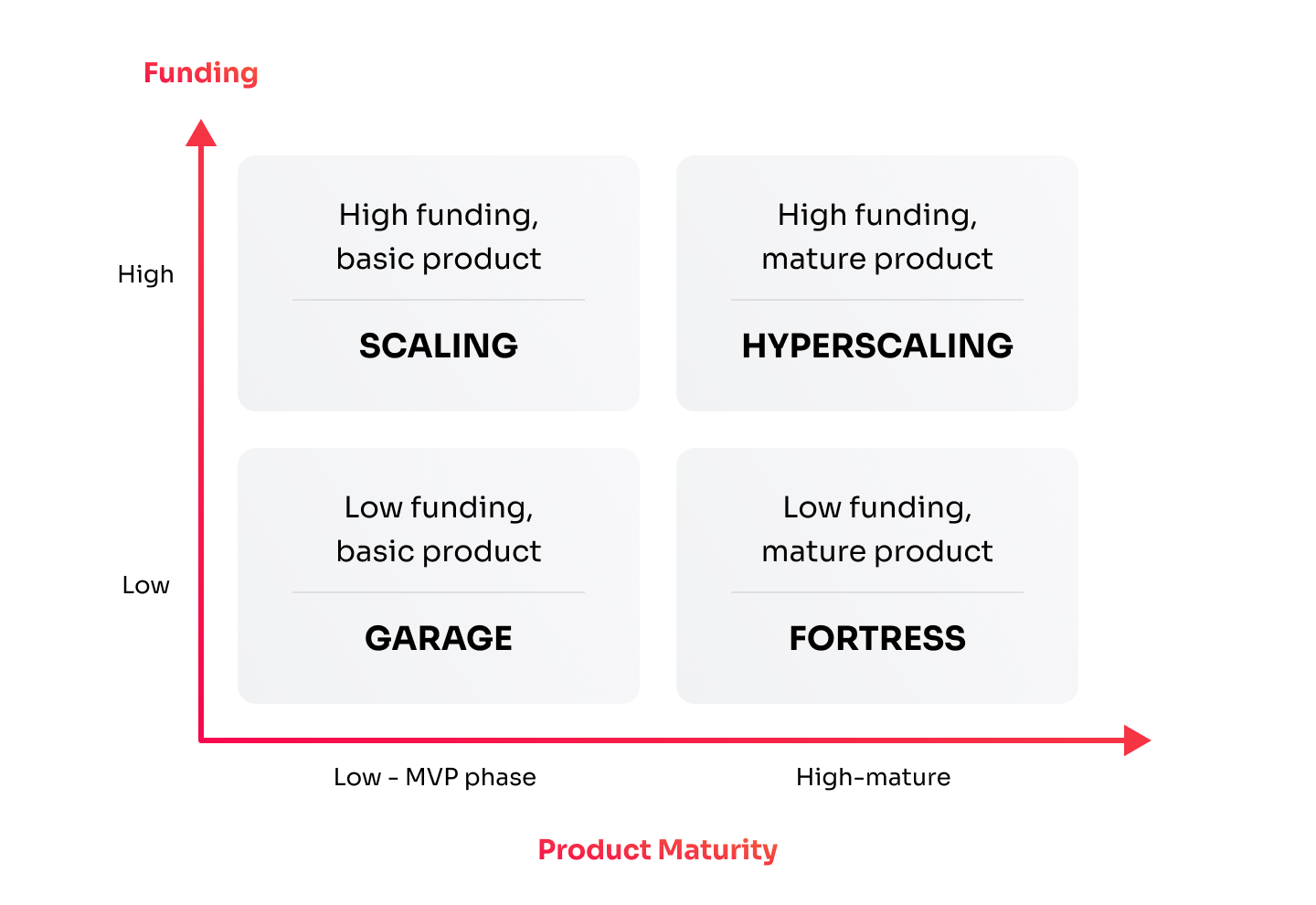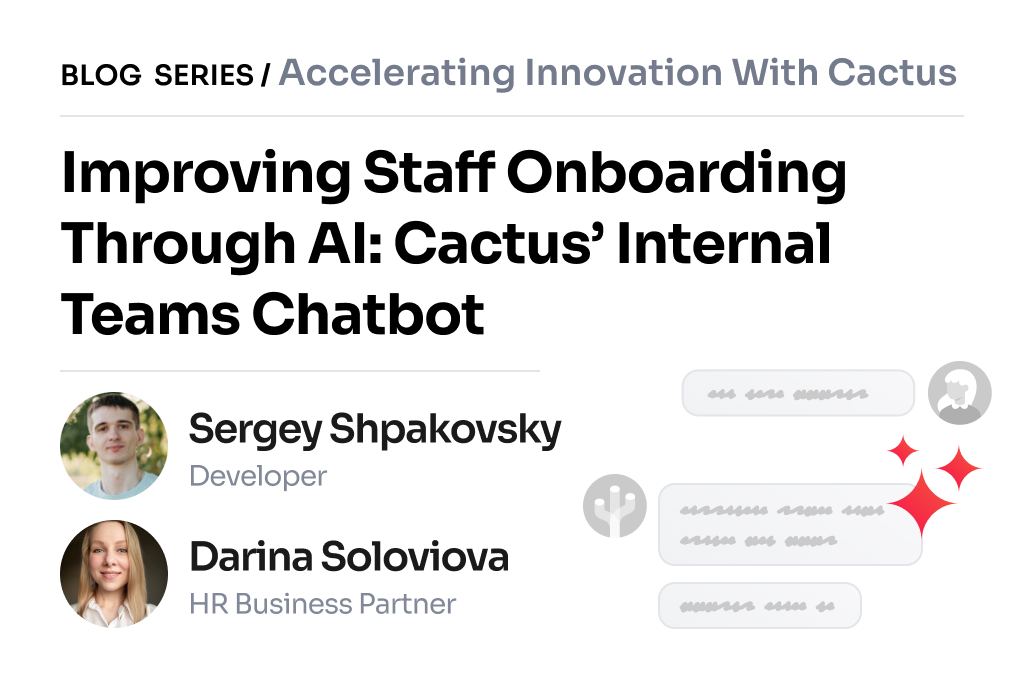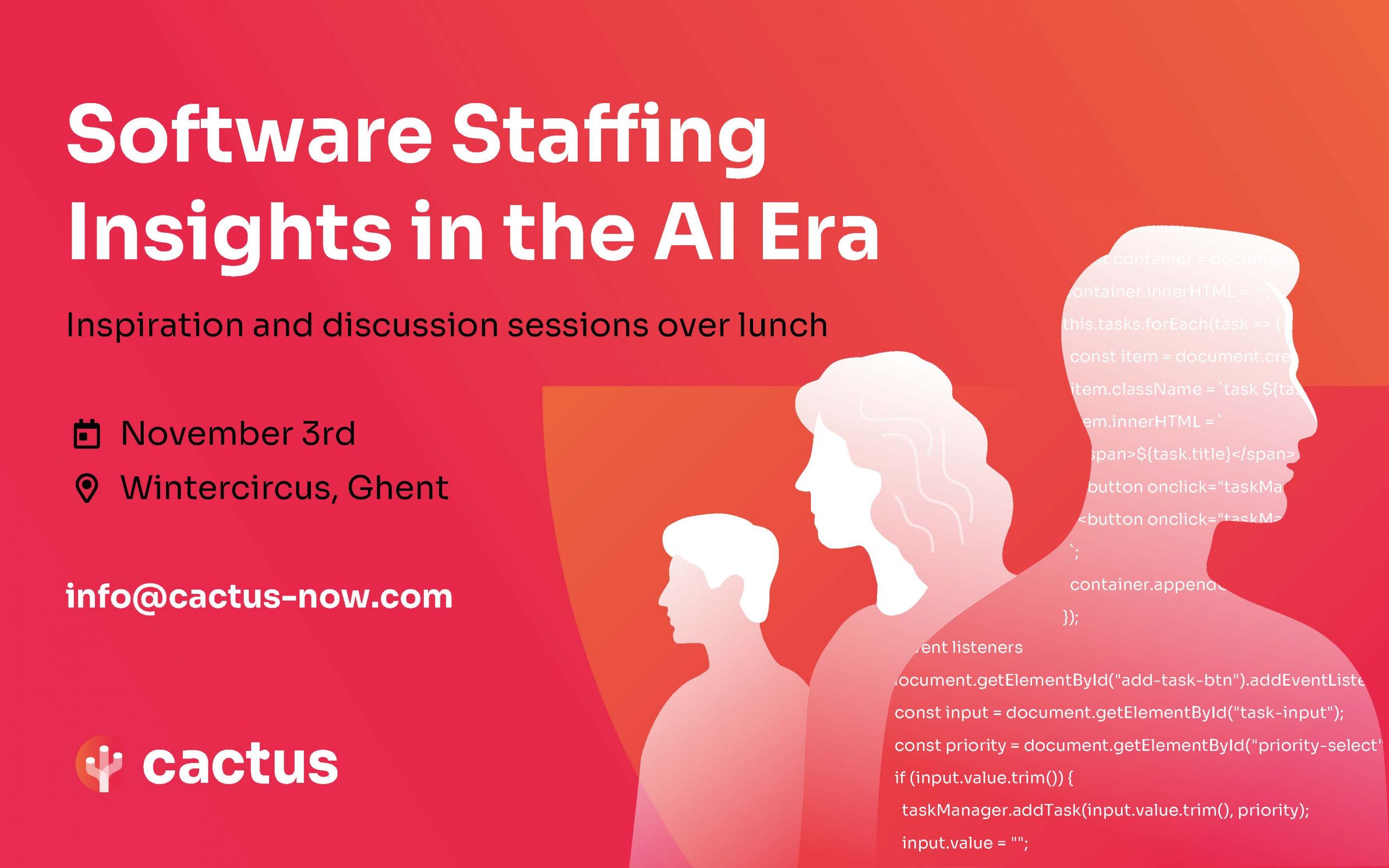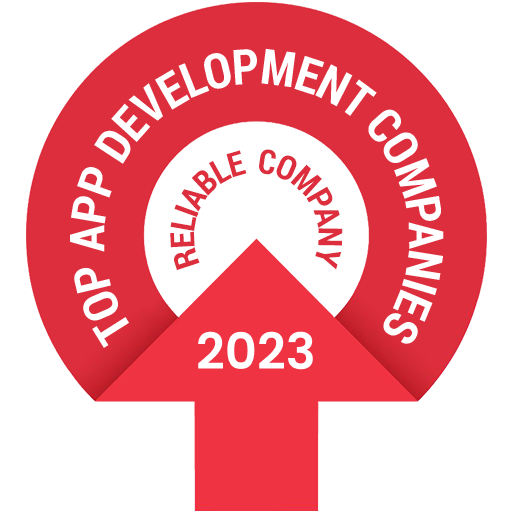Time to think about staffing costs as a pivotal factor in your company’s budget
It’s that time of the year again. And no, we’re not talking about Black Friday or Santa Claus. It’s budget season, the yearly cycle where many companies forecast their costs and revenues for the next fiscal year.
Typical topics pop up: salary increases, organisational shifts, underperformers… and the big one: staffing costs. Another recurring question is the classic “make or buy”:
- Do we really need all employees in-house and on-site?
- Should we work with a partner for certain parts of the business?
Sometimes this is about adding flexibility to the operating model, sometimes closing technology gaps, sometimes accessing other talent markets… and yes, sometimes it’s simply about cost.
Nearshoring vs. In-House: Let’s demystify the cost advantage
Yes, there is a cost advantage when comparing nearshoring with in-house teams. It’s not even the gross salary that makes the biggest difference; it’s everything around it:
- 13th month
- Holiday pay
- Automatic indexation
- Extra benefits
- Recruitment costs
All of these add up quickly. Below you’ll find a fictitious example of a Belgian company comparing both models for a mid-level engineer:
But here’s the important part: cost is rarely the only reason to look beyond in-house staffing. Budget season can be a good excuse to rethink how you operate. A moment to challenge the as-is.
Should you change the way you operate?
There’s no “right” or “wrong” model, but based on our experience with software product companies (SaaS, agentic AI companies, and organisations with critical digital assets), we’ve learned a few things.
Here are the top 3 lessons about staffing that truly matter:
1. If you run a digital asset, product ownership should stay in-house.
Key employees must own product vision and decisions.
2. Your required development speed depends on the market context.
Window of opportunity, competition, maturity, these define the “horsepower” you need.
3. The composition of your team (in-house vs. external) is crucial.
We’ve seen companies fail when C-level spends more than 50% of their time recruiting, or when team stability is unpredictable.
In-House vs. Outsourced models: What really happens
Sometimes the market demands “abnormal growth”: fast development, new funding, rapid scaling. This can happen early (MVP stage) or later, once product-market fit is proven.
- In the garage stage, almost no one outsources development. Bootstrapping works. “Lock them up,” as Trump would say, actually applies here.
- But once funding arrives and you need to scale? Few companies can hire fast enough, with the right quality, within acceptable budget.
For scaling companies, the best model tends to be a mix:
- strategic partners
- key internal roles
- integration partners
- hybrid teams (partially onsite, partially remote)
The challenge: creating a shared roadmap, harder, but not impossible, with remote teams.
When your product matures, the dynamics change
Partners become extremely valuable for both Hyperscalers and Fortress companies, but for different reasons.
Hyperscalers
They attract top talent thanks to maturity (ARR) and funding.
But here’s the trap:
- Tenure is short.
- Top engineers jump as soon as the next flashy company gets its round.
Companies like Waymo, Google and Apple rely heavily on remote subcontracting for precisely this reason: partner teams stay much longer. In some markets, tenure can be up to 5× longer.
Fortress Companies
These players have stable market positions, often without needing external investment, but still need to keep developing their digital assets.
Their challenges:
- Attracting the right talent
- Staying cost-efficient
- Maintaining leadership with best-in-class operations
Partners help by bringing:
- lower staffing costs through nearshoring
- access to broader talent pools
- stable, predictable teams
A Good Moment to Rethink Your Staffing Strategy
So, let this be an invitation to revisit your operating model, assess risks and opportunities, and make choices that match your maturity stage and growth path.
At Cactus, we think together with our customers and offer the right mix of solutions for their staffing challenges.
Talk to us, we’ll be delighted to help.
